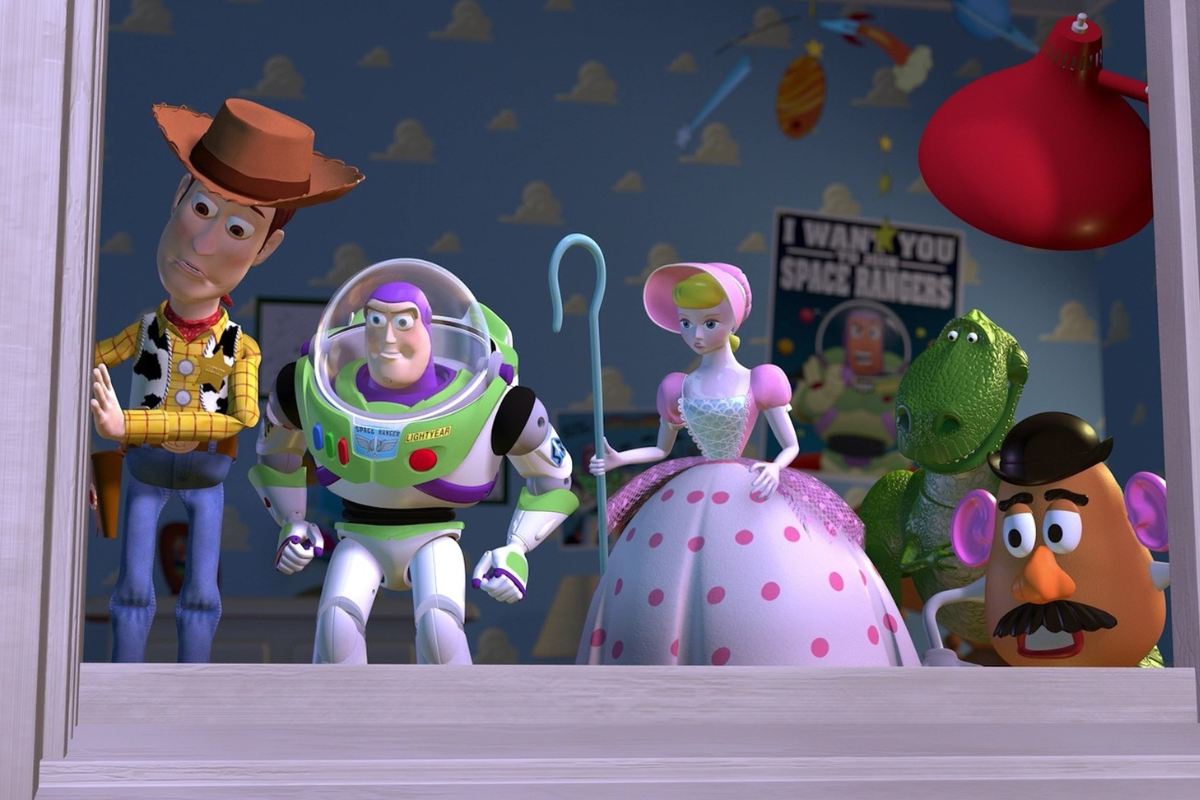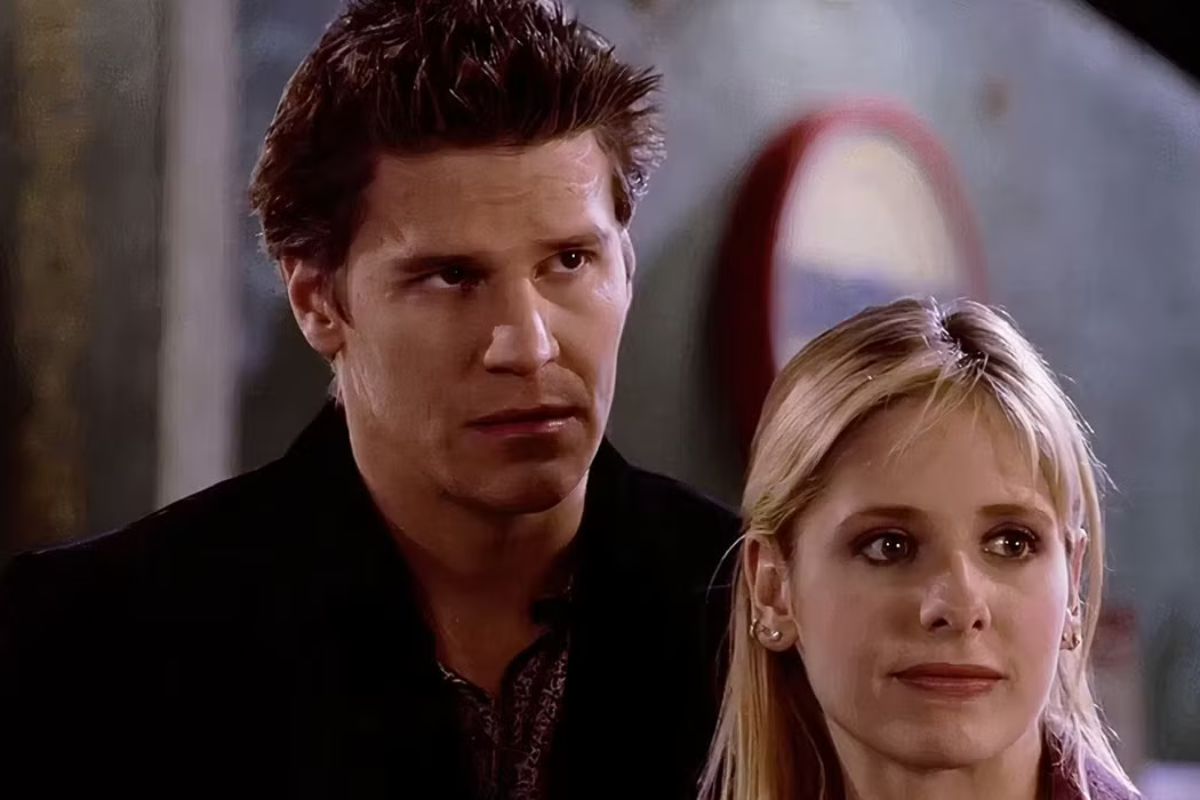Why Spec Scripts Fail: The “Wrylie” (Parentheticals)
In many cases a Wrylie is an essential part of the novice scriptwriter’s toolbox and is used as a means to make their characters and story understood. Stewart Farquhar explains.
In our previous examples, we explored a few of the many reasons Why Spec Scripts Fail. For better or for worse, screenwriting conventions have evolved over the years with the emphasis on evolved. When an author pens a stage play, the playwright’s words are sacrosanct – none can be changed without permission. Also, the stage directions and scene descriptions stand as written. Similar circumstances exist for novelist, more so after they are established.
Now to the lowly and unheralded screenwriter whose months of work can and does undergo perpetual changes up to and through shooting, all the way to the cutting room floor. To protect their vision, many aspiring writers either fail in an attempt to emulate the style of successful and produced writers, or go into extreme detail on where, when, and what each character does or feels.
Enter now, the oft abused and generally overused ubiquitous parenthetical. In many cases, a Wrylie is an essential part of the novice screenwriter’s toolbox and is used as a means to make their characters and story understood. The terms Wryly, Wrylie or Wrylies, according to screenwriting legend, stems from the overuse of parenthetical instructions by writers who openly direct on the page. Any form of direction, actor or otherwise, is now frowned upon unless it is unclear from the dialogue, situation or subtext, what is happening and to whom.
When included ad nauseum, in most cases, Wrylies indicate an emerging writer is under the false impression that a produced script is of the same format as the spec script that originally sold. Or that because such-and-such writer did it, they should too.
One of the hardest precepts the novice, and in many cases some experienced writers who have not had to read many spec scripts must come to grips with, is the fact screenplays evolved from the pen of scenario writers. Working in the early years of cinema, these writers wrote the silent and early sound films. These were scenes that other trades, burgeoning guilds, and professionals executed. In this vein, a screenwriter essentially creates an “invitation to participate” rather than a product cast in stone.
If you are writing, producing, and directing your own product as is the case with Spike Jonze and Her, or you have the caché of Quintin Tarantino, then you can essentially write how you please and it will be immediately lapped up. Failing that, write the way the first level reader expects to see it written.
Nobody likes to be told how to do their job, least of all the creative among us. With that in mind, don’t tell other crafts and trades what to do in your script.
Now we seem to have a challenge. How do you, the scribe, include stage directions, entrances and exits, emotional tone and action between characters? How do you get your creative vision across? How about you use the tools of your trade? Words with skill and finesse to create circumstances making it obvious what your actual story intentions are?
Use the thesaurus rather than a parenthetical in the dialogue to tell/manage your story. Use it to insert the bare minimum of clarification. A word of caution however, overuse of them will get you ignored as a serious writer.
These “Wrylies” are an accepted form of instruction in some television scripts and all plays and musicals. They are however, presented in a slightly different format. Conventions have evolved for a reason, and sometimes, even on a whim.
Consider this mini scene from a recent script I reviewed. If you were the first reader, would you say that it was easy to read or not?
PIP
(Her name short for Philippa, looks
longingly from the widows weep and talks
to herself)
I miss you so.
(beat …Then she snuggles her cat and says)
You miss him too …I know.
CAT
(Totally uninterested, purrs away then
looks up)
Purr …Purr
PIP
(Turns to go and the cat hops out of her arms
and rubs her legs)
Want some dinner?
CAT
(Appreciatively)
Meow.
Does the inclusion of the direction, reactionm and emotion in parentheticals help or hinder your read of the scene?
Other than the assignation of human attributes to a cat; yes, I know some owners feel their pets are human – the interminable parentheticals interrupt the flow of the story with combination of ingratiating direction, unctuous exposition, and the misuse of ellipses. Some of what is in “Wrylies” is usable in action lines if trimmed. Notice how some words just get in the way?
In addition to the obvious challenge of an actor performing scenes with an animal – especially a cat, what else is a challenge? How about no character or scene description? The fact that the overly long and self-indulgent parentheticals slow the read, this writer makes it easy for the reader to toss the screenplay. If you want the reader to continue through your script without an attitude, make it easy to do just that.
Consider:
EXT. VICTORIAN ROOFTOP BALCONY – NIGHT
PHILLIPA (PIP), (36), slender, dressed in all black,
stares out over a moonlit Pacific
She dabs her eyes.
PIP
(sotto)
I miss you so.
She snuggles her cat.
PIP
You miss him too, I know.
The cat purrs.
Pip heads for the French doors.
PIP
Let’s get you some dinner.
Not the most exciting scene I grant you. Good luck getting a cat to Purr on cue without ADR. The point is, with only one parenthetical the scene went from 19 lines down to 14 excluding “format” lines. The first scene reads like cold molasses poured in the middle of Alaska during winter. The second version reads faster, is less intrusive, yet still conveys the emotion and emotional change the writer intended. It is also written to focus attention on suggested shots.
Excessive parentheticals in a spec script are problematic. They take the reader out of the story experience. Two understandable uses of “Wrylies” are when dialogue needs to be directed to a specific character in the room and it’s not obvious. The other spec script use is when the dialogue delivery has more impact at a lower volume.. A possible third, although not encouraged, is when it is not clear from the situation or dialogue that sarcasm is involved. My advice is make it clear by character behavior.
For example:
EXT. AMERICAN EMBASSY, KABUL – NIGHT
Inside a walled compound.
NOTE: All dialogue in Persian, subtitled in English.
ABRAHAM, (22), tall and muscular with back pack.
BASHIR, (17), dark skinned with back pack.
JAMSHID, (17), tall, lanky, spectacles, back pack with antenna.
Masked by shadows and camouflage paint.
All carry bandoleers and heavy automatic weapons.
Covered in sweat, Abraham motions stop.
It’s grave yard quiet.
ABRAHAM
(sotto)
I don’t see anyone. Where are
the guards?
(to Bashir)
Stay here and cover us.
(to Jamshid)
Follow me. Jam their signals.
They scatter.
END SUBTITLES.
Here (sotto) helps set the scene as some type of clandestine ops. The writer could also insert “He whispers” above the character name. But then I wouldn't have an example, would I? The other parentheticals indicate to whom the dialogue is directed since there is more than one person in the space. Any other use, in a spec script, constitutes an egregious intrusion into another professional’s purview.
A well written scene conveys the writer’s intent with the minimum of words. There is no need to tell the other crafts what to do and how to do it. It’s actually an insult if you think about it.
Your assignment is to comb through your screeenplays and highlight every instance where you felt it necessary to tell and actor, director, DP, or other professional how to perform their jobs. After you identify each one of these “Wrylies,” unless the removal of that parenthetical will totally ruin your intent or create confusion in the scene, remove it. Find some other creative way to make your point in as few words as possible. This simple act will create at least three things
- A faster read of your script.
- More pages for you to create a story.
- A more filmable script.
Use a minimum of adverbs and adjectives to weave a story that engages the reader with as few “Wryly” interruptions as possible. Understand that it is the character and how he or she manages diverse situations that compel the reader to turn the page. Ease up on the details and focus more on the creation of a story packed full of subtext and emotion. If needed, parentheticals will be inserted in the production version of the script (most of the versions available on the internet). Your job is to create a story that grips the reader and compels each to follow the protagonist to Fade Out.
Make it easy for the reader to say yes.
Related Articles:
- More Why Spec Scripts Fail articles by Stewart Farquhar
- The Wide Margin: Parenthetically Speaking
- Development: Missing – Compelling Characters
- A Writer’s Voice: What the Heck are Character Archetypes?
Tools to Help:
Stewart Farquhar holds Screenwriting and Advanced Screenwriting certificates from the Professional Program at The UCLA School of Theatre Film and Television. Stewart has analyzed over 10,000 scripts for private, agency and studio clients. He is a produced playwright, active screenwriter and an in demand lecturer. He presents as a guest lecturer in Master’s Level screenwriting programs at UC Berkeley and Loyola Marymount University. He has been a final story analyst for both Slamdance and scripts headed to Cannes for funding. Visit Stewart's site TheReadersCompany.com and follow him on Twitter, Facebook, and LinkedIn. Email: stewart@thereaderscompany.com







